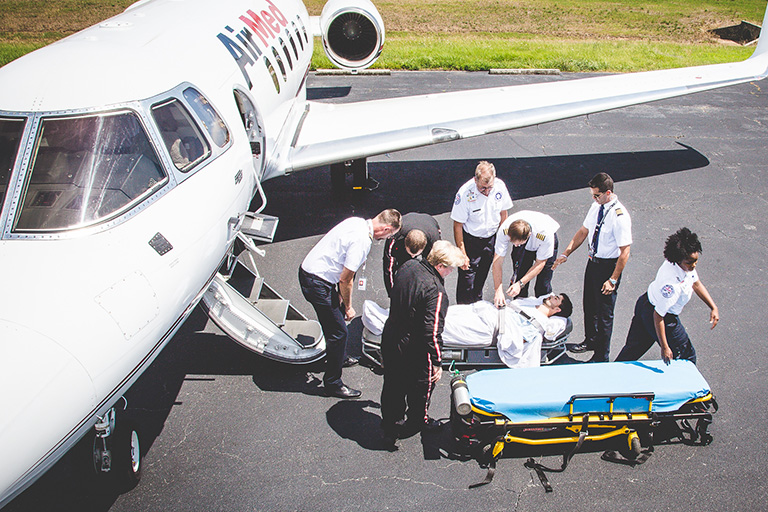19-07, Study of Proposed Mandatory Health Insurance Coverage for Medically Necessary Transportation from the State to the Continental United States for “Qualifying Patients”
Posted on Feb 1, 2019 in Summary
| Relatively low demand for air ambulance services to the continental United States, but costs for each case are high; in addition, the specific definition set forth in the proposed coverage could lead to unintended effects. |
|
AUDITOR’S SUMMARY IN THE 2018 LEGISLATIVE SESSION, the Hawai‘i State Legislature contemplated mandating insurance coverage for medically necessary transportation from the State to the continental United States. In Report No. 19-07, Study of Proposed Mandatory Health Insurance Coverage for Medically Necessary Transportation from the State to the Continental United States for “Qualifying Patients,” we surveyed Hawai‘i’s health-plan providers and found that demand for air ambulance transportation from the State to the continental United States is relatively low. The two largest health insurance providers in the State reported a total of 28 members that were recommended for medical transportation to the continental United States in 2016 and 2017. However, when air ambulance service from Hawai‘i to the continental United States is not covered by a patient’s insurance, the financial burden on the patient and their family can be devastating. Given the huge cost for an air ambulance to continental United States – estimates range from $42,000 to $112,000 for a single trip – few patients can afford to pay without assistance. Social and Financial Impacts of House Bill No. 687 Hawai‘i’s geographic isolation and relatively small population make it difficult for Hawai‘i physicians and medical teams to sufficiently maintain their skills and physical resources to treat certain uncommon conditions or perform uncommon procedures. Consequently, Hawai‘i currently lacks many sub-specialty medical services requiring expertise that is obtained in high volume medical centers, and patients requiring such procedures must sometimes seek treatment at facilities in the continental United States. As noted, we found that the number of patients that seek coverage for air ambulance services to the continental United States is small. Notwithstanding, we acknowledge that when air ambulance service from Hawai‘i to the continental United States is not covered by a patient’s insurance, the financial burden on the patient and their family can be devastating. We found that in most cases, insurers have been providing coverage for air ambulance transportation to the continental United States. There were a number of reported cases in which such transportation was requested but not covered. However, we were not provided details as to whether those particular cases involved “qualifying patients” as defined in HB 687. Insurers reported that they have been providing coverage for such services when deemed “medically necessary.” However, the determination of medical necessity is left to the health insurance provider on a case-by-case basis. We also found that, if HB 687 were passed based on its current definition of “qualifying patient,” survey respondents anticipated that the number of conditions for which mandated health insurance would cover medical transportation to the continental United States for treatment would be reduced because of the criteria imposed. Therefore, based on the insurers’ and medical facilities’ responses, it appears that the proposed legislation, which sets forth specific definitions for a “qualifying patient” under the mandatory coverage may lead to fewer patients being approved for coverage, which would be contrary to the intent of the bill. |
